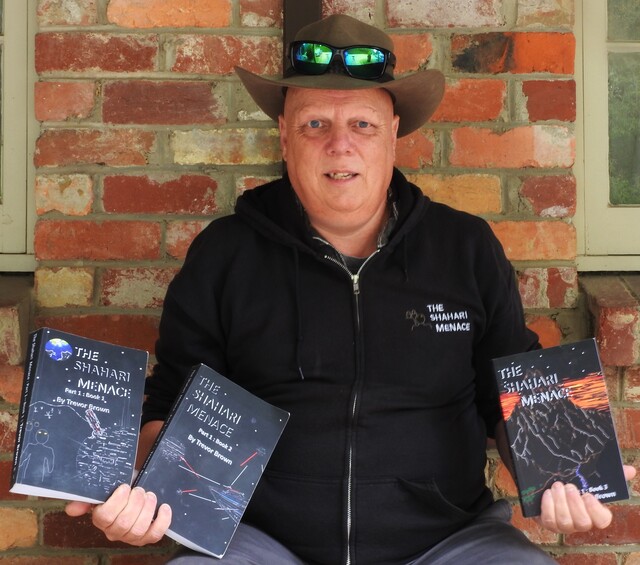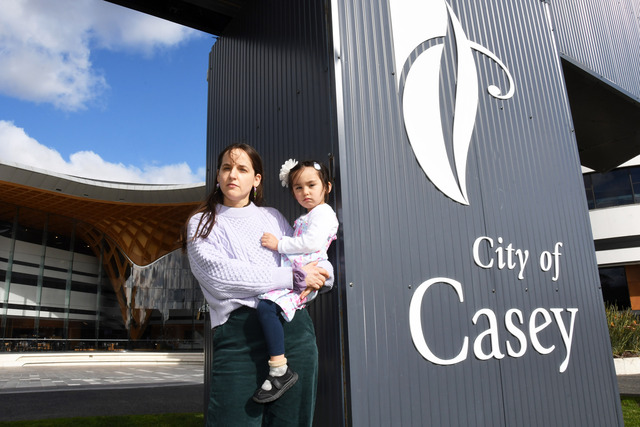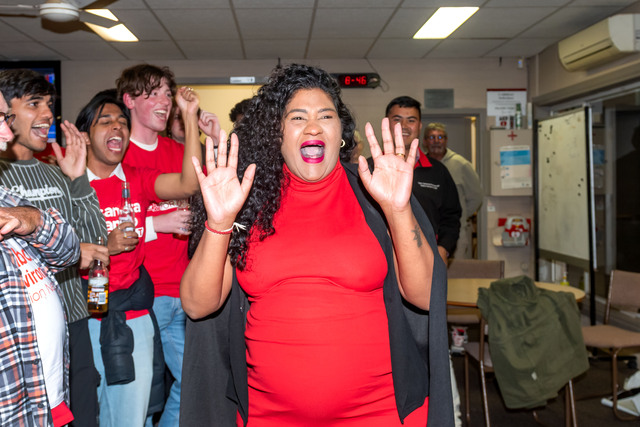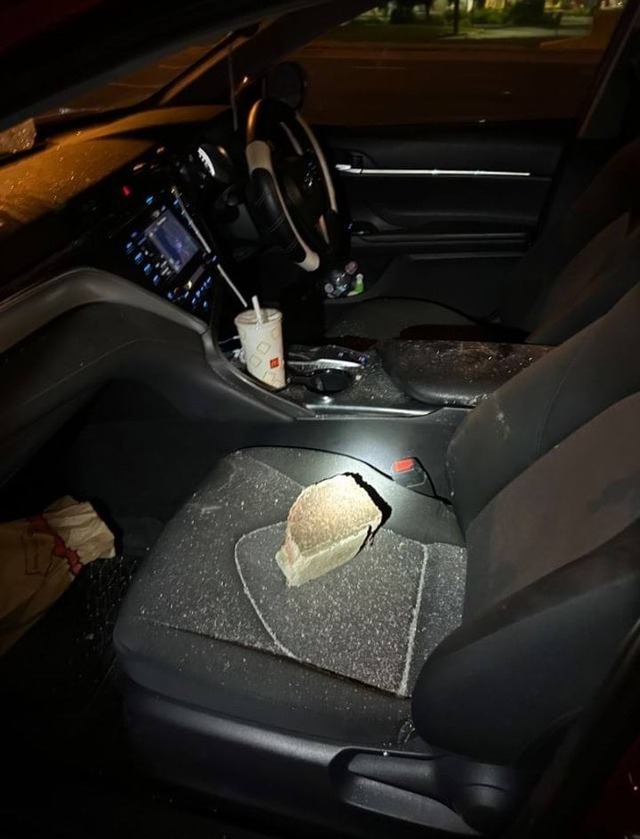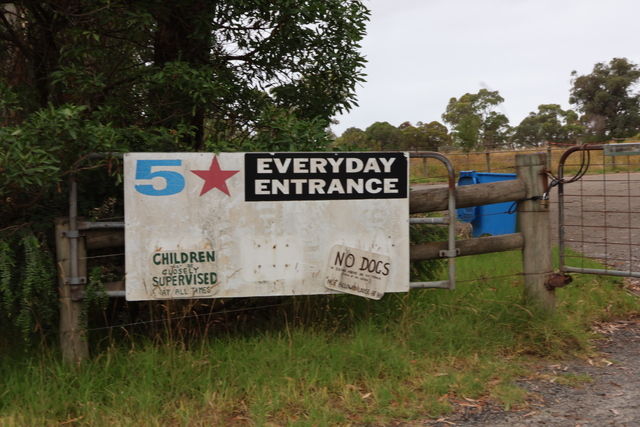Rental prices in the City of Casey continue to rise, according to new State Government statistics.
The June Quarter 2022 Rental Report indicates the median rental price in Casey has increased by 7 per cent in the last year, reaching $430 in the June 2022 quarter.
The percentage of affordable rentals in the municipality has also halved since September 2019, dropping to 10.3 per cent.
The rise in rental stress is a concerning constant across the state.
The Melbourne Rent Index (MRI) increased by 3.2 per cent in the June quarter, the largest quarterly increase since June 2008.
In mid-2017, fewer than 7000 people came to Victorian homelessness services each month due to housing affordability stress.
But recently-released Australian Institute of Health and Welfare data shows that number is up to nearly 10,000 per month.
The damning figures have led peak bodies and local government areas to call for urgent action from the government.
The City of Casey last week announced its advocacy list ahead of the November State Election, which stressed the need for increased social housing in the municipality.
The council called for an “urgent investment” to stem the significant and growing shortfall of 6000 affordable and social housing dwellings, with priority projects for women and families experiencing family violence and/or homelessness.
Meanwhile, peak body Council to Homeless Persons (CHP) has called for all political parties to commit to 6000 new social housing properties each year for a decade.
Chief executive officer of housing support charity WAYSS, Wayne Merritt, said the South East was at a “crunch point” when it came to affordable accomodation for residents.
“There’s a huge demand and we just don’t have the housing stock to fill that demand at the moment,” he said.
“We are 100 per cent supportive of the call out for more social housing and we would also like to see a dedicated allocation for the South East and on top of that an allocation for young people in the South East as we know they are often a missed out group when it comes to affordable housing.”
Mr Merritt said many residents who approach WAYSS were currently spending up to 75 or 80 per cent of their fortnightly income on housing, leaving very little for other living expenses.
“Most of the people we see are on some type of government benefit which then makes it harder to get into property because they might be seen as a less attractive applicant in the pool of 30 to 40 applicants, which is the numbers we are seeing now,” he said.
“We support the government’s $5.3 billion investment for 12,000 new homes through Victoria’s Big Housing Build, but we know we need thousands more homes just in the South East to meeting the demand.”
CHP chief executive officer Jenny Smith agreed renters were on the front line of Victoria’s cost of living crisis.
“More renters are being pushed into homelessness because they can’t find a rental they can afford,” she said.
“Homelessness services are overwhelmed with people desperate for a home, and too many Victorians in urgent need of homelessness support are missing out.
“Government can end homelessness by providing more support to respond to people needing help, and by fixing the fundamental problem of lack of affordable rentals.”


